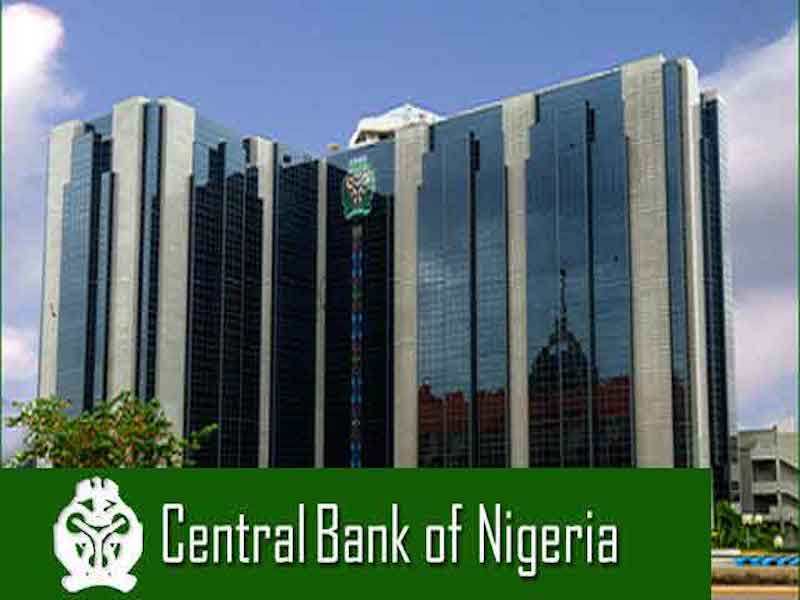By Babajide Komolafe, Economy Editor
The upward trend in banks’ borrowing from the Central Bank of Nigeria, CBN, persisted in May, rising by 63 per cent, Month-on-Month, MoM, to N1.8 trillion.
The CBN has two short term lending windows for banks namely the Standing Lending Facility (SLF) and Repo lending.
While the CBN lends money to banks through the SLF at interest rate of 100 basis points (bpts) above the Monetary Policy Rate (MPR), it also lends money to banks through Repurchase (Repo) arrangement, which involves the purchase of banks’ securities with the agreement to sell back at a specific date and usually for a higher price.
On the other hand, the CBN accepts deposits from banks through its Standing Deposit Facility (SDF) and pays an interest rate of 700 bpts below the MPR.R
Data from the CBN showed that banks’ borrowing through Repo arrangement rose sharply in May by 83 per cent, MoM, to N870.3 billion from N474.83 billion in April.
Similarly, banks’ borrowing through the CBN’s SLF rose by 47 per cent, MoM, to N897.05 billion in May from N612.43 billion in April.
Consequently, banks’ borrowing from the apex bank through the SLF and Repo rose by 63 per cent to N1.8 trillion in May from N1.09 trillion April.
Thus, banks’ borrowing from the apex bank has risen for three consecutive months.
After falling by two consecutive months, in January and February, banks’ borrowing from the CBN rose by 8.0 per cent to N720.61 billion in March and further by 51 per cent to N1.09 trillion in May.
On the contrary, banks’ deposits with the CBN dropped for the second consecutive month in May by 9.3 per cent to N318.8 billion from N353.32 billion in April.
In April banks’ deposits with the apex bank dropped by 38 per cent from N572 billion in March.
The above development according to the CBN is due to tight liquidity conditions in the banking system.
According to the communiqué issued at the end of the Monetary Policy Committee, MPC, meeting held in May, the CBN said: “Money market rates oscillated within and outside the Standing Facilities Corridor (SFC), reflecting the prevailing liquidity conditions in the banking system. “Consequently, the monthly weighted average Open Buyback (OBB) and Interbank Call rates increased to 7.49 and 8.67 per cent in April 2022, from 6.62 and 4.50 per cent in March 2022, respectively.
“The increase in rates was an indication of the tight liquidity conditions in the banking system during the review period.”
Vanguard News Nigeria

